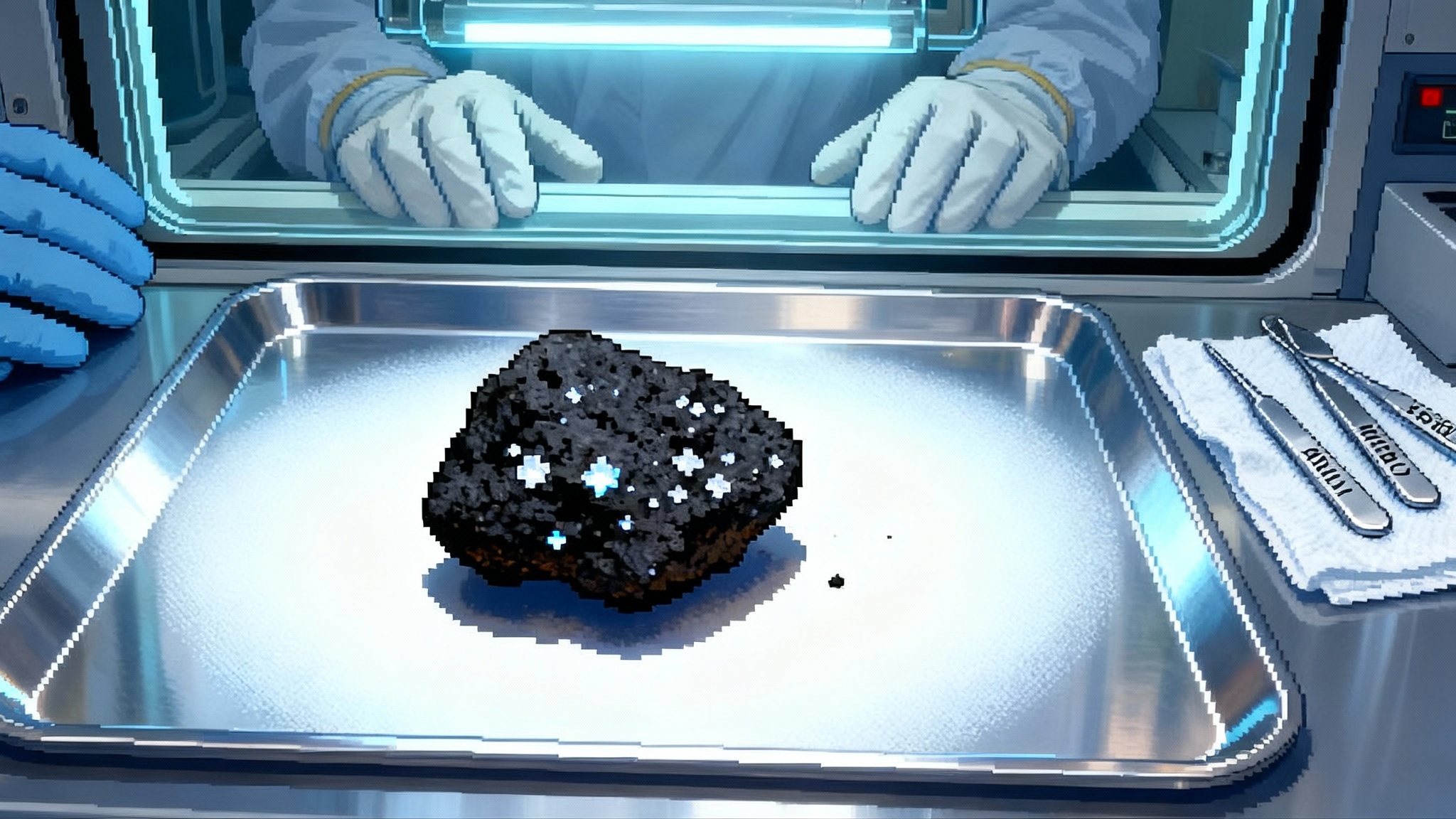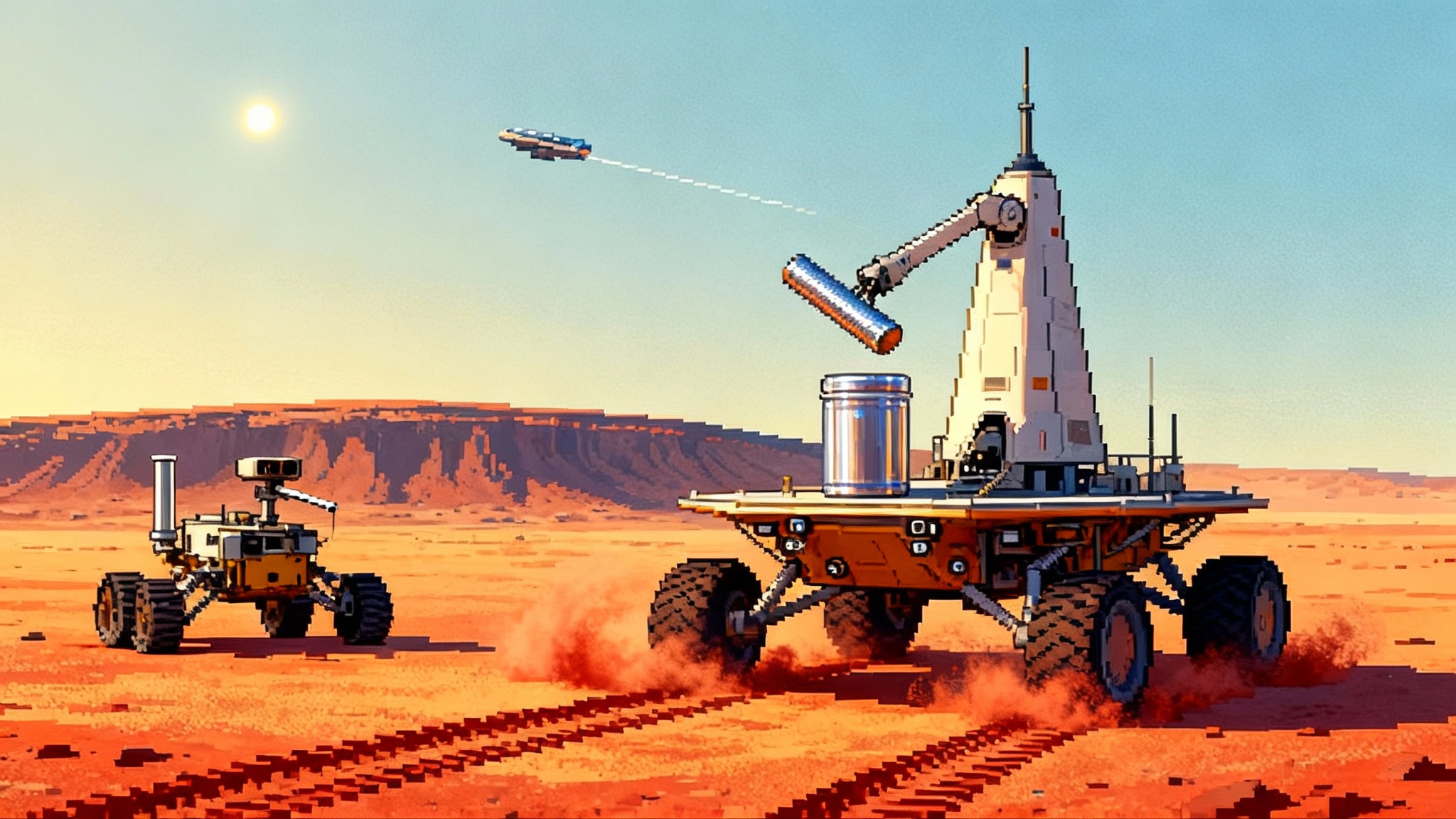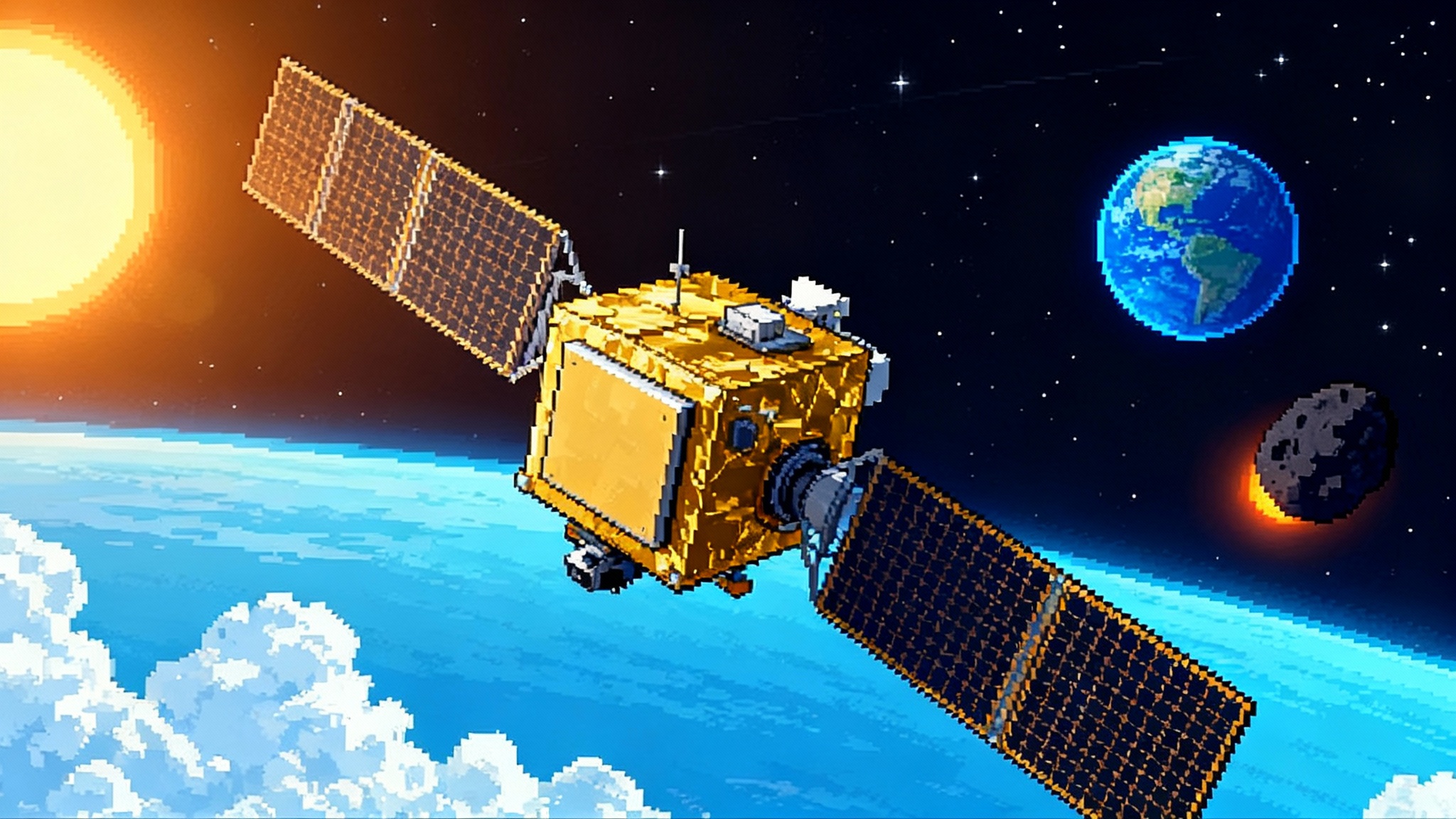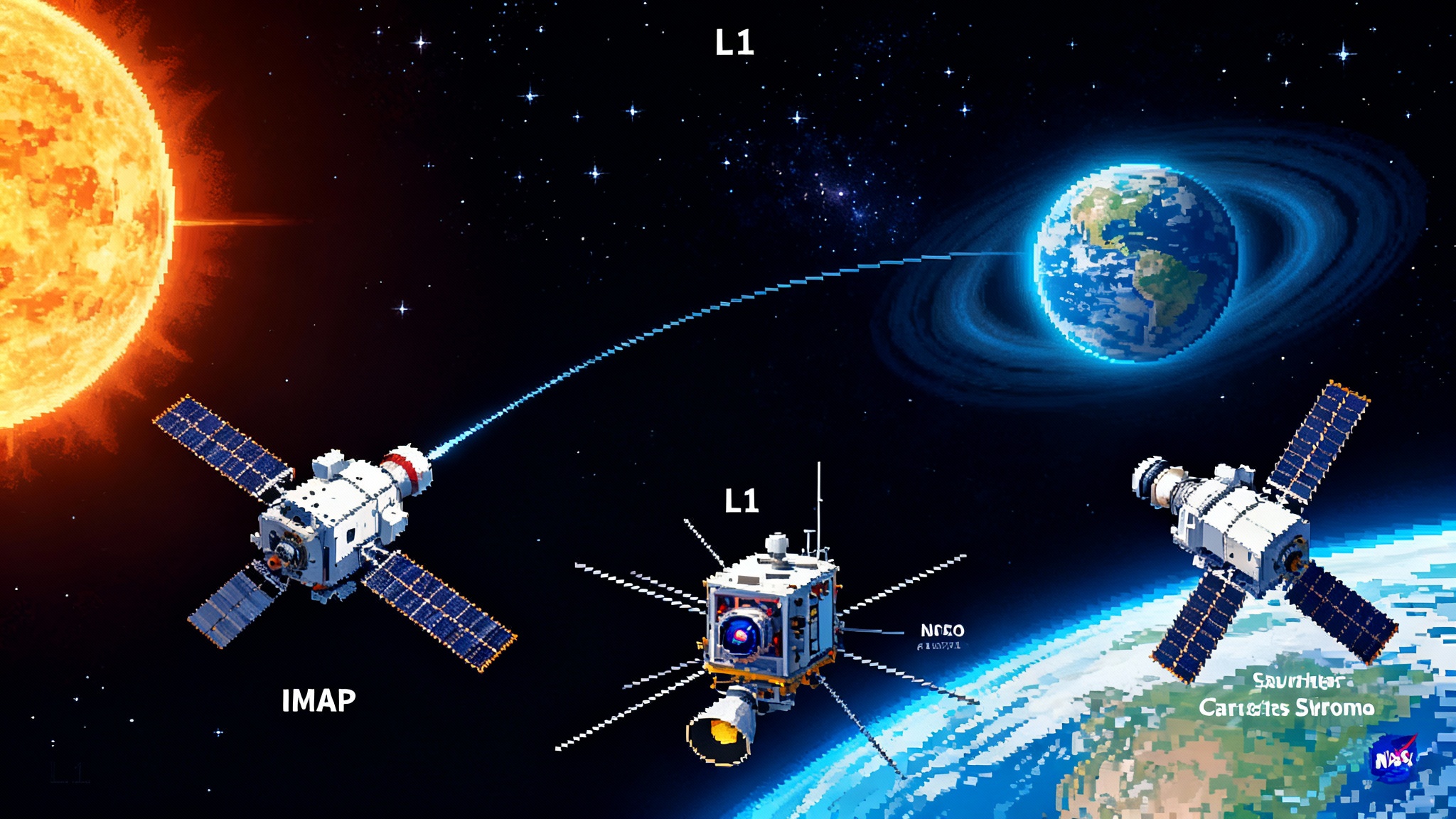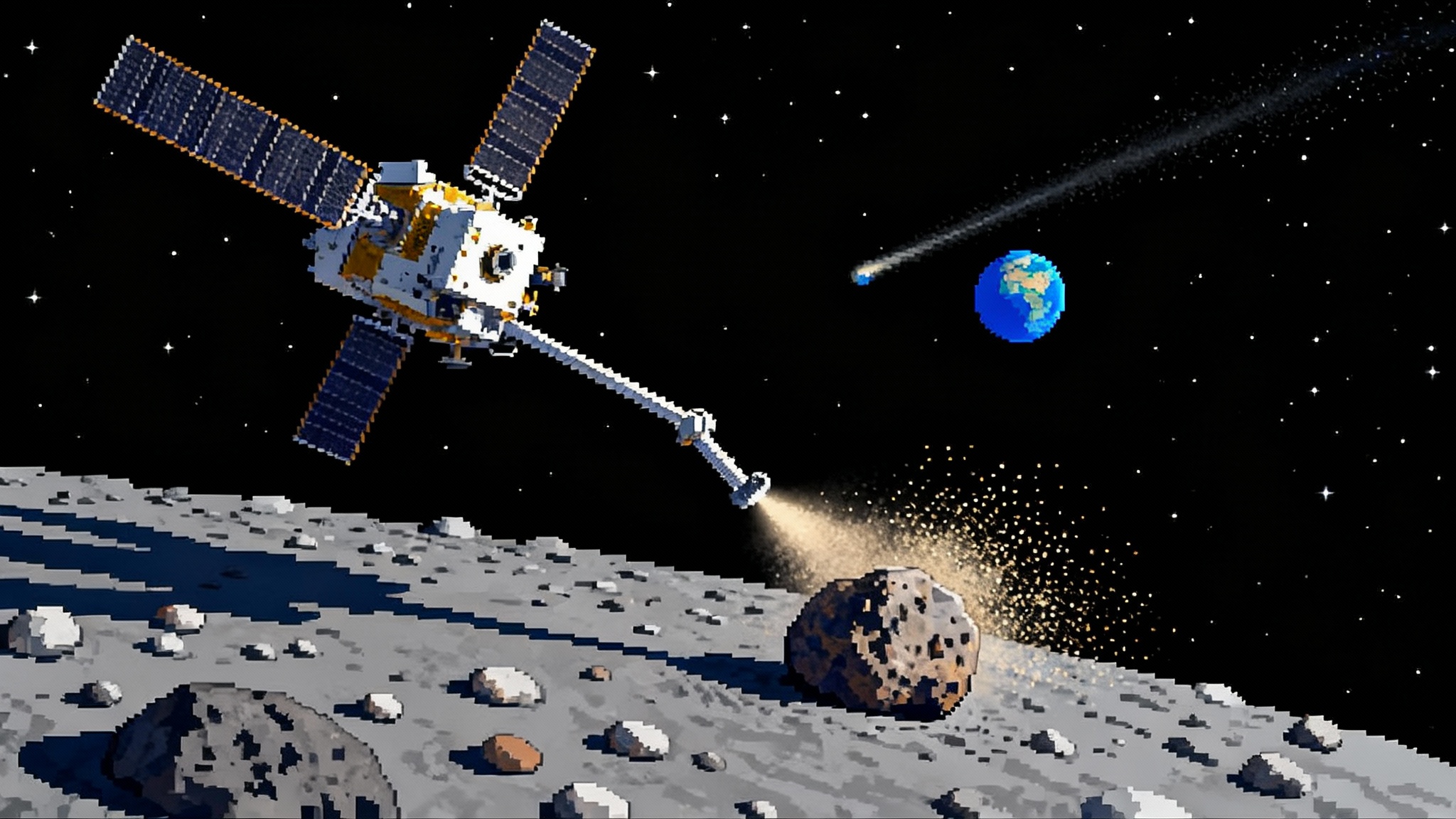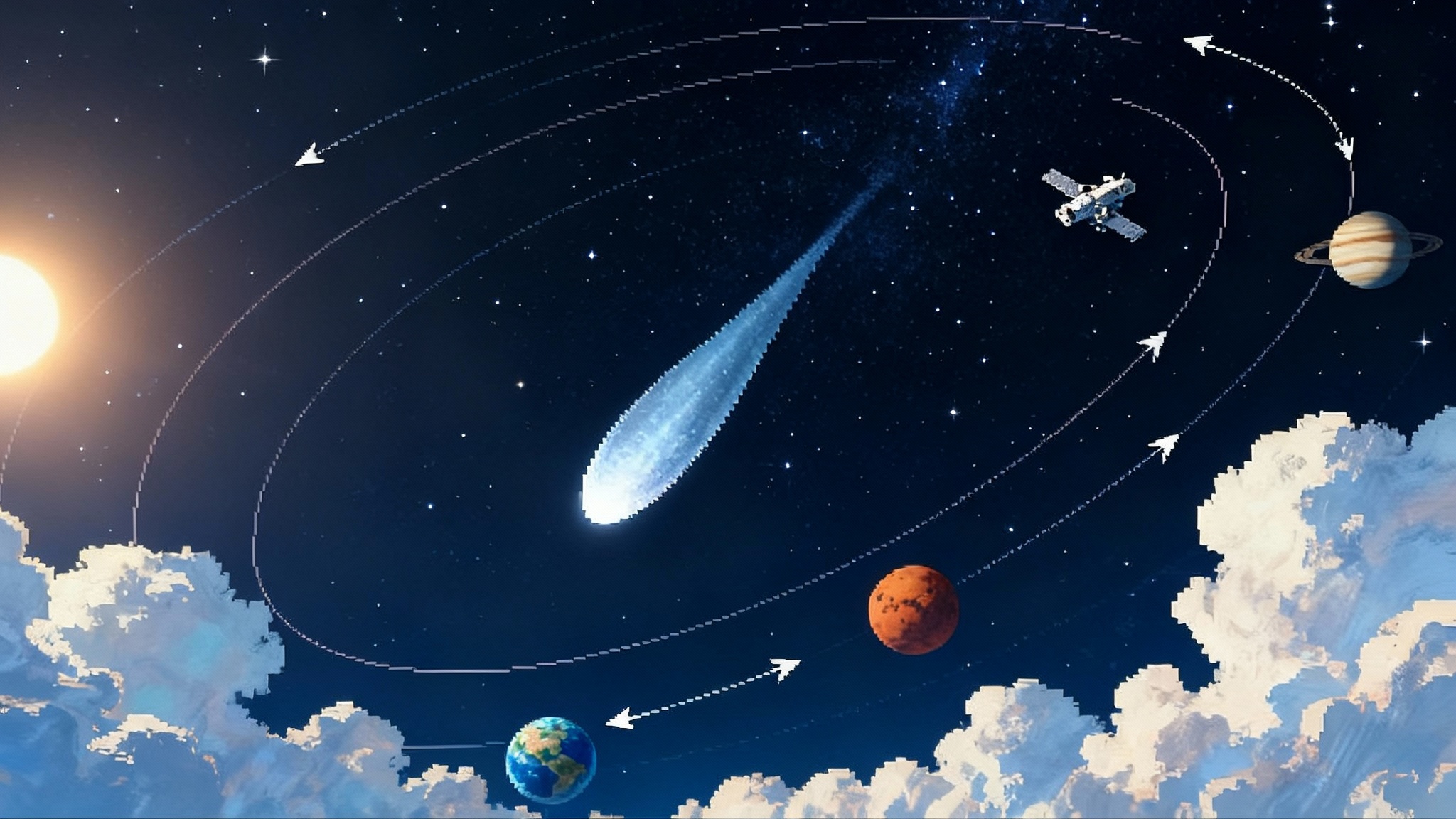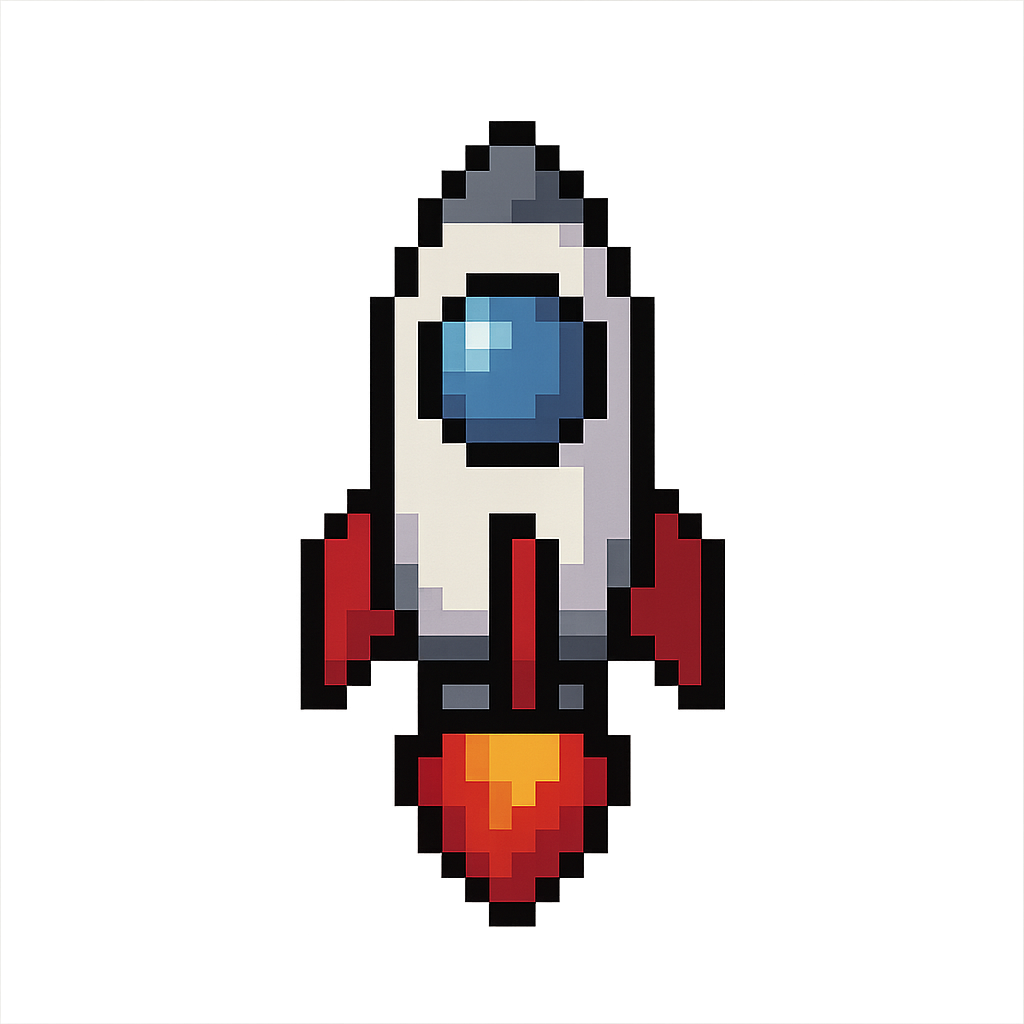 Space
Space
Articles under the Space category.
Europa Clipper’s Mars flyby locks in its ocean toolkit
Europa Clipper turned a routine gravity assist on March 1, 2025 into a full-ops rehearsal, validating radar, thermal, and magnetic techniques it will use to probe Europa’s hidden ocean.
3I/ATLAS turns the Solar System into a live observatory
In late 2025, interstellar comet 3I/ATLAS crossed the inner Solar System. From Mars orbit to the Jupiter system, a coordinated fleet captured its chemistry, dust, and motion in real time, turning the Solar System into a live observatory.
Bennu's 2025 revelations reboot the origin of life story
NASA’s OSIRIS-REx sample from Bennu turned up amino acids, nucleobases, phosphates, and evaporite salts, pointing to water-rich chemistry on a small world. Here is what the results really mean, what to fund next, and how to build a comparative atlas by 2029.
How NASA’s 2025 Mars Sample Return Reboot Gets Faster
In 2025 NASA pivoted Mars Sample Return to an industry-led, firm-fixed-price competition. Here is what changed, what Europe brings, the critical technologies, and the milestones toward a 2026 downselect and a mid 2030s Earth return.
Moon’s First GPS Fix Begins the Lunar Navigation Economy
In March 2025, a LuGRE receiver on Firefly’s Blue Ghost computed the first GPS and Galileo position from the Moon. That breakthrough unlocks a positioning, navigation, and timing layer that can make lunar landings, rovers, and logistics routine.
NEO Surveyor locks launch as 2025 integration begins in Utah
NASA’s infrared asteroid hunter has a Falcon 9 ride and is entering hardware integration in Logan, Utah. From Sun-Earth L1 it will spot dark, sunward NEOs years earlier.
Chang'e-6 far side samples rewrite the Moon's clock and map
Two peer-reviewed results from Chang'e-6 have set a new lunar clock and redrawn the resource map. A firm South Pole-Aitken impact age and evidence for a cooler, drier farside mantle now shape where we land, what we sample, and how we plan to live off the Moon.
New Glenn's Mars Debut Redraws Planetary Mission Math
Blue Origin’s New Glenn launched NASA’s twin ESCAPADE probes on November 13, 2025, then nailed its first booster landing. The flight opens commercial rideshares to Mars, resetting budgets, teams, and timelines for planetary science.
IMAP lifts off: a new early warning stack at L1 for space weather
On September 24, 2025, a Falcon 9 launched NASA’s IMAP, NOAA’s SWFO‑L1, and the Carruthers Geocorona Observatory toward L1. Together they create an upstream early-warning stack that shifts space-weather risk from reaction to prediction.
Tianwen‑2’s two‑stop gamble: a mini‑moon and a comet
China’s Tianwen-2 aims to grab samples from Earth’s quasi-satellite Kamoʻoalewa, return them by 2027, then pivot to a main-belt comet. Here is why the two-target sprint could reshape planetary science, resources, and defense.
Starship’s 2025 pivot: orbital refueling will decide the Moon
Two successful Starship flights in late 2025 set the stage. If SpaceX proves ship-to-ship propellant transfer in 2026, NASA timelines, Blue Origin’s plans, and science payload budgets all shift fast.
Alien Weather Goes 3D: JWST maps launch off-world-climate science
The James Webb Space Telescope has produced the first 3D weather map of an exoplanet, revealing a blazing hotspot, a cooler ring, and chemistry that changes with altitude and longitude on WASP-18b. Here is how eclipse mapping works and why it will reshape Roman and ELT target lists.
Proba-3’s Artificial Eclipses Crack Open the Inner Corona
ESA’s Proba-3 has created artificial eclipses in orbit, exposing the Sun’s inner corona just as NASA’s Parker Solar Probe skimmed the atmosphere below. Together they are reshaping how we see coronal mass ejections and how we forecast space weather.
3I/ATLAS Turns the Solar System into a Real Time Lab
A once-in-a-generation visitor triggered a solar-system-wide observing sprint. From Mars orbiters to a spacecraft near Jupiter, coordinated teams turned geometry into data and speed into science.
Rubin’s First Images Switch On the Real-Time Sky Firehose
On June 23, 2025, Rubin Observatory’s first images flipped astronomy to real time. Next comes a decade of 20 TB nights, open alerts, and AI triage that will double near-Earth asteroids and catch cosmic explosions in their first hours.
Dragonfly Enters Build: Titan’s Airborne Science Takes Off
In 2025, NASA’s Dragonfly moved from drawings to hardware, clearing CDR and completing heatshield and backshell tests. Here is why Titan’s multi‑hop rotorcraft is the template for off‑world aviation in the decade ahead.
Euclid’s First Map Shifts Galaxy Physics, Eyes Dark Energy
On March 19, 2025, Euclid’s quick release mapped 26 million galaxies across 63 square degrees and immediately reshaped work on galaxy evolution and lensing. Next up is a 2026 cosmology release, plus a Euclid-Rubin-Roman partnership that could tighten dark energy constraints and surface ultra-rare lenses and even rogue planets within two years.
CLPS Turns the Corner: After Blue Ghost, the Moon Gets Real
Firefly’s Blue Ghost touched down in March 2025 and worked a full lunar day, showing commercial landers can deliver. Here is what the mission taught engineers, what flies next, and the infrastructure stack CLPS needs by 2026 and 2027.


